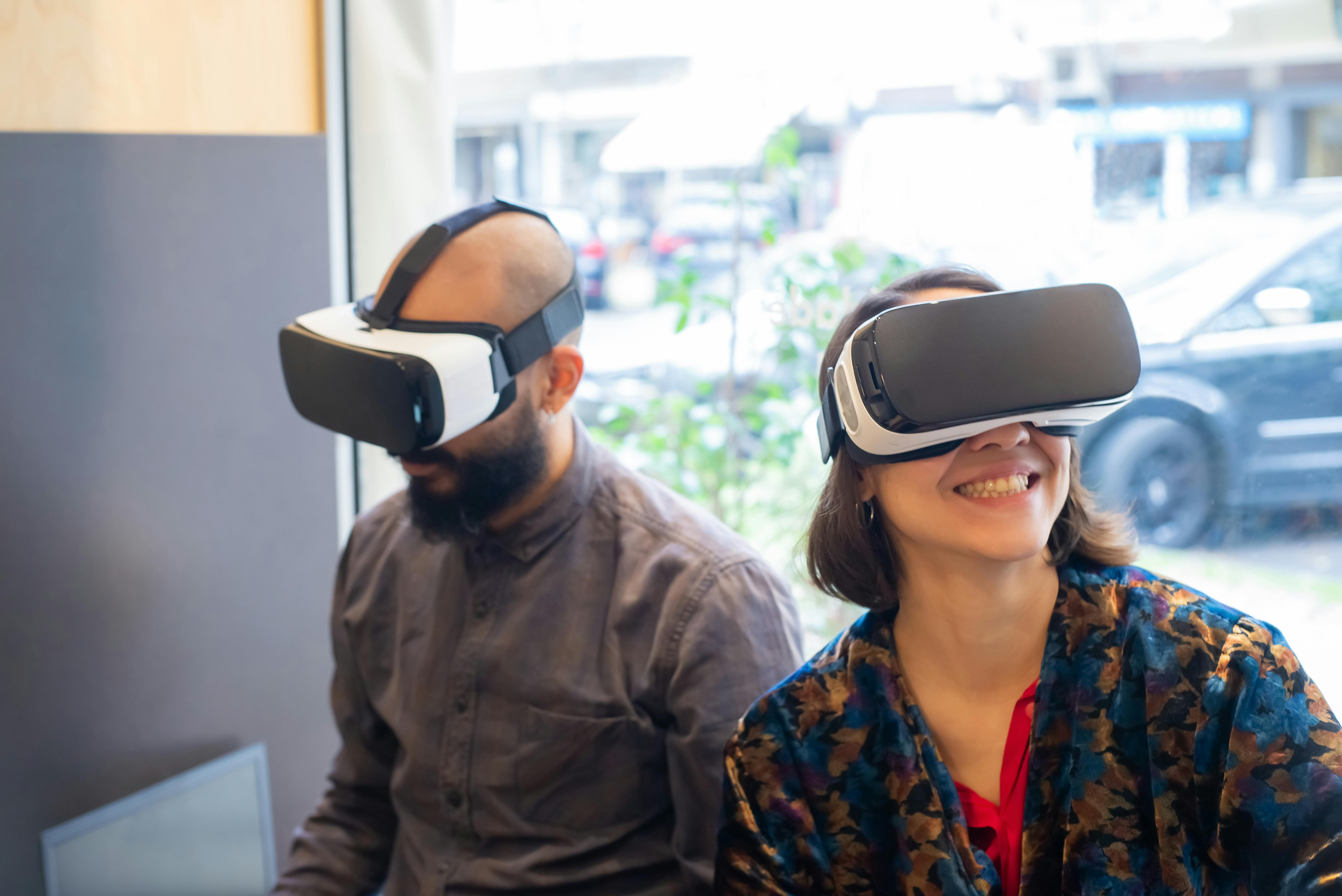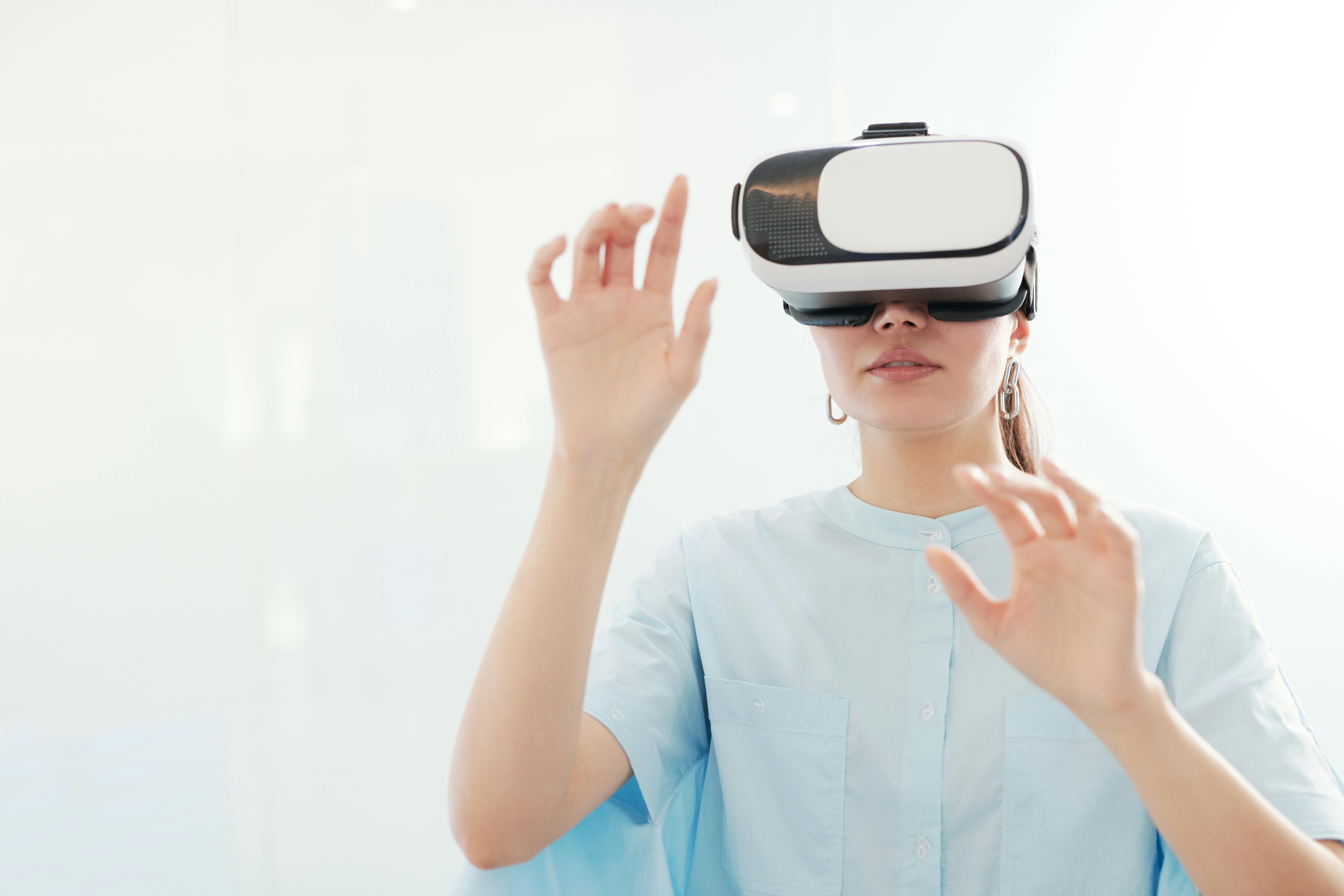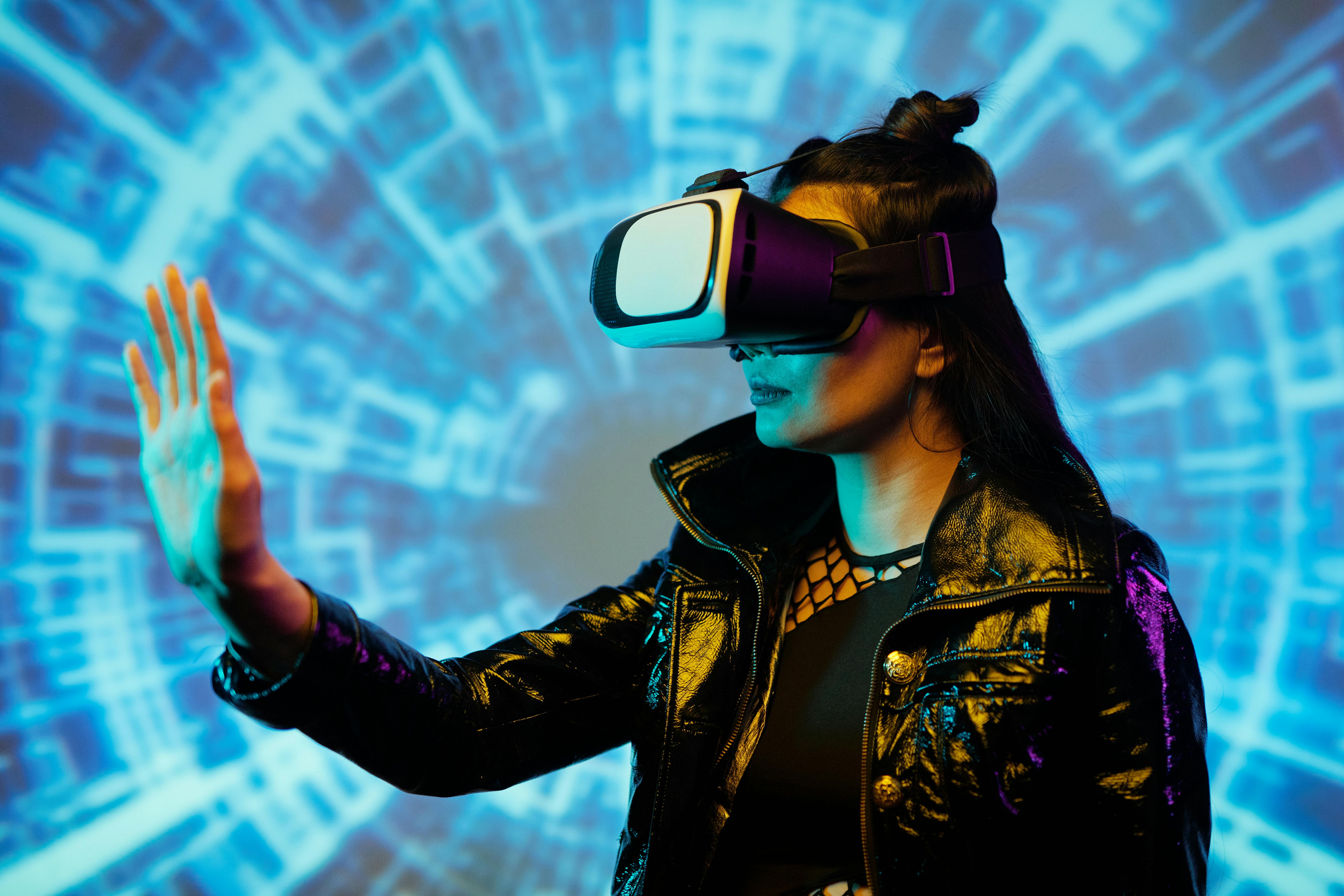10 Key Benefits of Virtual Reality in Tourism You Should Know
07/11/2024
The benefits of virtual reality in tourism go far beyond simple entertainment; VR offers travelers the ability to explore destinations before they arrive, provides immersive experiences, and enables tourism businesses to market their offerings in unique, interactive ways.
As we move toward a more digitally connected world, VR is reshaping the way tourists plan and experience their journeys. This article delves into the benefits of virtual reality in tourism, exploring how it enhances travel experiences, influences decision-making, and helps destinations stand out in a crowded market.
What Is Virtual Reality in Tourism?
Virtual reality (VR) in tourism refers to the use of immersive, computer-generated environments that allow users to experience locations, attractions, and activities in a simulated setting.
Using VR headsets, travelers can “visit” destinations from the comfort of their own homes, offering a realistic preview of what the location has to offer. These virtual experiences are interactive, allowing users to explore 360-degree views, hear the sounds of the environment, and, in some cases, even interact with virtual elements.
With VR, tourism businesses can showcase their destinations, accommodations, and activities in ways that static photos and videos simply can’t match. Travelers, in turn, can make more informed decisions about where they want to go and what they want to experience.
The Key Benefits of Virtual Reality in Tourism
The benefits of virtual reality in tourism are multifaceted, offering advantages to both travelers and tourism businesses alike. From enhancing the planning process to creating more immersive travel experiences, here are some of the primary benefits:
1. Improved Trip Planning
One of the most immediate and practical benefits of virtual reality in tourism is its impact on trip planning. Traditionally, travelers rely on photos, reviews, and written descriptions to decide where to stay or what attractions to visit. With VR, they can step into these places virtually before making any commitments.
For example, a traveler interested in booking a hotel can take a virtual tour of the property, exploring everything from the lobby to individual rooms. This level of immersion allows them to better visualize the space and make more confident decisions. VR can also help travelers explore different destinations by offering virtual tours of cities, museums, or natural attractions, giving them a taste of what they can expect.
2. Virtual Destination Previews
One of the major benefits of virtual reality in tourism is the ability to offer virtual destination previews. These previews provide travelers with a realistic sense of what a location has to offer, helping them decide whether it aligns with their preferences and interests.
For instance, a person considering a trip to Paris might use VR to take a virtual walk around the Eiffel Tower, or someone planning a beach vacation could experience a 360-degree view of the resort’s beachfront. By offering these immersive previews, destinations can attract more visitors by giving them a taste of the experience before they commit to booking.
3. Increased Accessibility
VR can also make tourism more accessible to people who may not be able to travel due to physical, financial, or logistical reasons. Individuals with mobility issues or those who cannot afford expensive trips can still experience new places through virtual reality. This increases inclusivity and opens up the world to more people who would otherwise not be able to explore it.
For those who might not be able to visit iconic locations like the Great Wall of China or the Amazon rainforest in person, VR provides a unique alternative, allowing them to experience these destinations from their homes. Additionally, for students or educational purposes, VR offers a valuable tool for virtual field trips to historic sites or distant locations.
4. Marketing Advantage for Tourism Businesses
Tourism businesses are increasingly leveraging VR as a marketing tool to showcase their offerings in a more engaging way. By creating virtual tours of their hotels, resorts, or local attractions, businesses can give potential customers a more vivid and realistic understanding of what they offer.
For example, hotels can offer virtual walkthroughs of their rooms and facilities, travel agencies can give immersive previews of tours, and adventure companies can let potential clients virtually “experience” zip-lining or scuba diving. This interactive approach is far more compelling than traditional marketing methods and can significantly influence decision-making.
5. Immersive Experiences During Travel
Virtual reality doesn’t just enhance the planning phase—it can also enrich the actual travel experience. Museums, theme parks, and cultural sites have started integrating VR into their offerings, providing visitors with more immersive and interactive experiences. Imagine visiting an ancient archaeological site and, through VR, being able to see how the site looked in its prime, complete with 3D reconstructions and historical narratives.
VR can also allow travelers to explore places that are off-limits due to conservation efforts or safety concerns. For example, a virtual tour of underwater caves or fragile ecosystems offers an experience that wouldn’t be possible for most travelers to enjoy in person.
6. Safe Travel Simulations
VR allows travelers to simulate experiences that might otherwise be risky or challenging. Adventure tourism, for instance, can sometimes involve activities like bungee jumping, skydiving, or exploring dangerous terrains. For those unsure about trying such experiences, VR can provide a safe and realistic preview, helping them decide if they’re ready to take the leap.
Additionally, for travel agencies or tour operators that offer such activities, VR can serve as an effective marketing tool. Allowing potential clients to experience these adventures virtually first might encourage them to book the actual experience later.
7. Sustainable Tourism
Another significant benefit of virtual reality in tourism is its potential contribution to sustainable travel. As environmental concerns become more pressing, VR can help reduce the need for physical travel in certain situations. By offering virtual experiences of fragile ecosystems, endangered habitats, or remote cultural sites, VR can help minimize the environmental impact of tourism.
For destinations suffering from over-tourism, VR provides an alternative that can help preserve cultural heritage and natural landscapes. Travelers can explore these locations virtually, reducing foot traffic and the associated environmental degradation while still experiencing the beauty and history of the place.
8. Boosting Traveler Confidence
For first-time travelers or those unfamiliar with certain destinations, VR can significantly boost confidence. By offering a sneak peek into what their journey will look like—from the airport to their hotel room—travelers feel more prepared and comfortable with their plans. This is particularly valuable for international travelers who may be concerned about language barriers, unfamiliar customs, or navigating new cities.
By reducing uncertainty and offering a sense of familiarity, VR can help ease pre-trip anxiety and make travelers feel more secure in their choices.
9. Virtual Travel During Pandemic Times
The COVID-19 pandemic highlighted the need for virtual experiences as global travel came to a halt. One of the major benefits of virtual reality in tourism during this time was its ability to offer an alternative to physical travel. With many people unable to leave their homes, VR allowed them to continue exploring the world, albeit digitally. Virtual tourism saw a surge as museums, national parks, and historical landmarks offered virtual tours to keep people engaged while travel restrictions were in place.
Even post-pandemic, virtual reality is likely to remain a popular option for those seeking alternative forms of exploration when physical travel isn’t possible.
10. Personalization and Customization
VR technology allows for a highly personalized experience. Depending on the platform, users can customize their virtual tours based on their interests. This means a tourist can virtually explore destinations tailored to their preferences, such as culinary tours, art-focused experiences, or outdoor adventures.
Customization through VR allows travelers to focus on what matters most to them, creating an experience that feels tailored to their desires and, ultimately, influencing their decisions when it comes to booking real-world travel.
Challenges and Limitations of Virtual Reality in Tourism
While the benefits of virtual reality in tourism are impressive, there are also some challenges and limitations to consider:
• Cost and Accessibility: High-quality VR experiences often require expensive headsets and devices, which may not be affordable or accessible to all travelers.
• Technology Gaps: In some regions or among certain demographics, the necessary technology for VR may not be widespread, limiting its reach.
• Lack of Physical Sensation: While VR offers immersive visuals and sounds, it cannot replicate the physical sensations of travel, such as the feel of the breeze or the smell of local cuisine, which are integral parts of the travel experience.
• Potential for Overuse: While VR can complement tourism, there is concern that over-reliance on virtual experiences might reduce the desire for physical travel, which could impact the tourism industry’s economic contributions.
Conclusion
The benefits of virtual reality in tourism are reshaping how we explore the world, from enhancing the planning process to offering immersive experiences that bring destinations to life. As technology continues to advance, VR will undoubtedly play an even bigger role in the travel industry, offering sustainable, accessible, and engaging ways to experience global destinations.
For both travelers and tourism businesses, virtual reality provides exciting new possibilities, allowing for more informed decisions, heightened accessibility, and richer experiences. While it cannot completely replace the physical act of traveling, VR serves as a powerful tool for enhancing and complementing real-world tourism.





